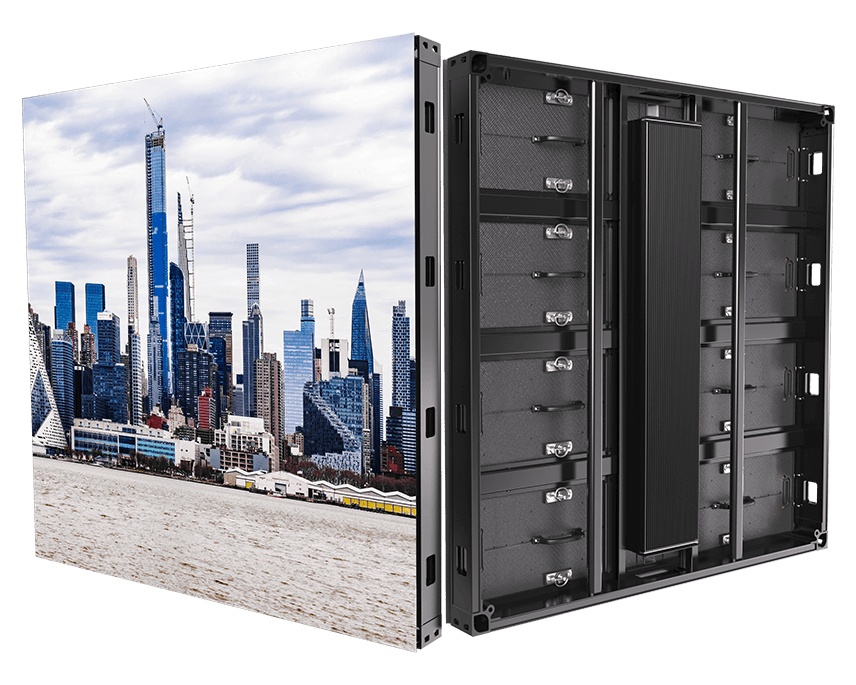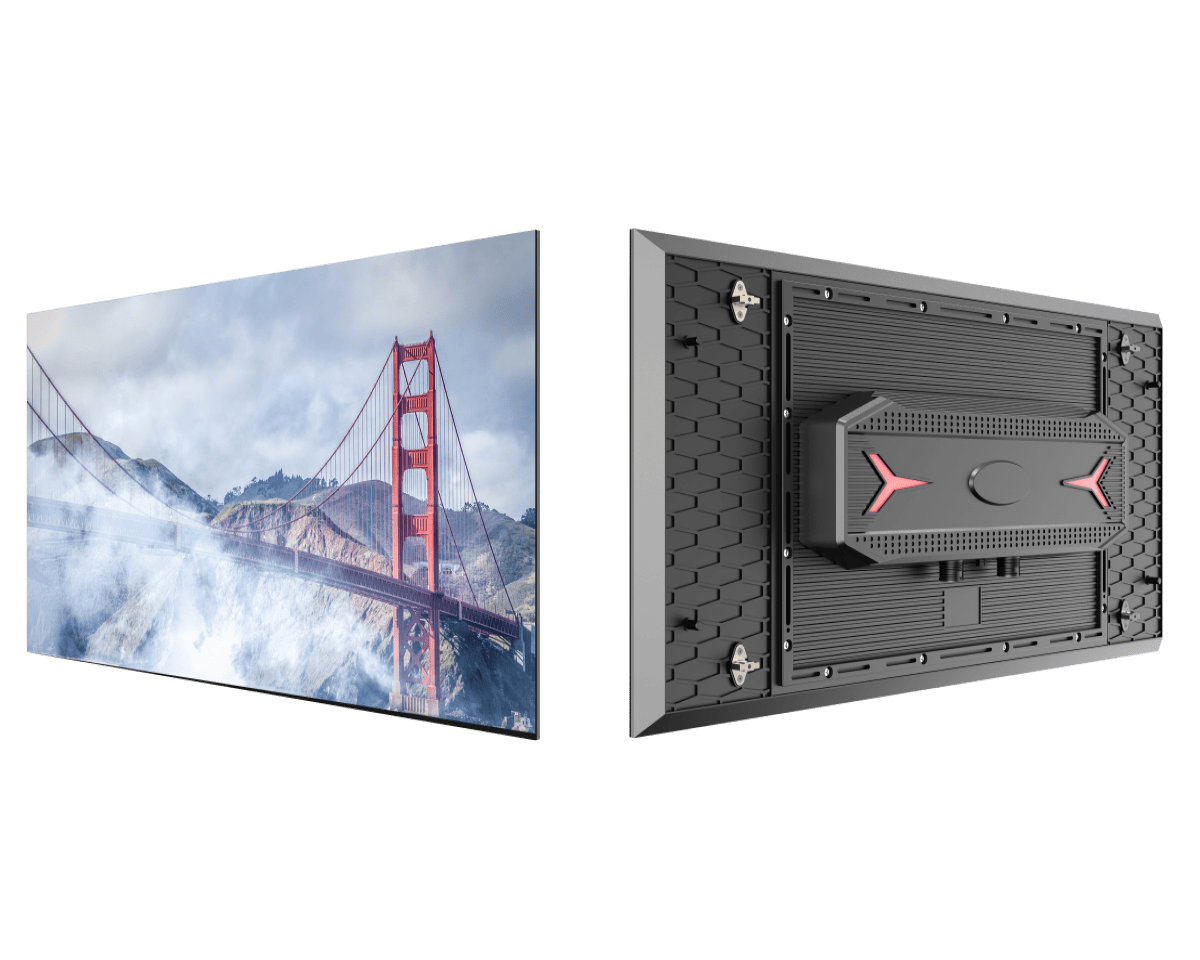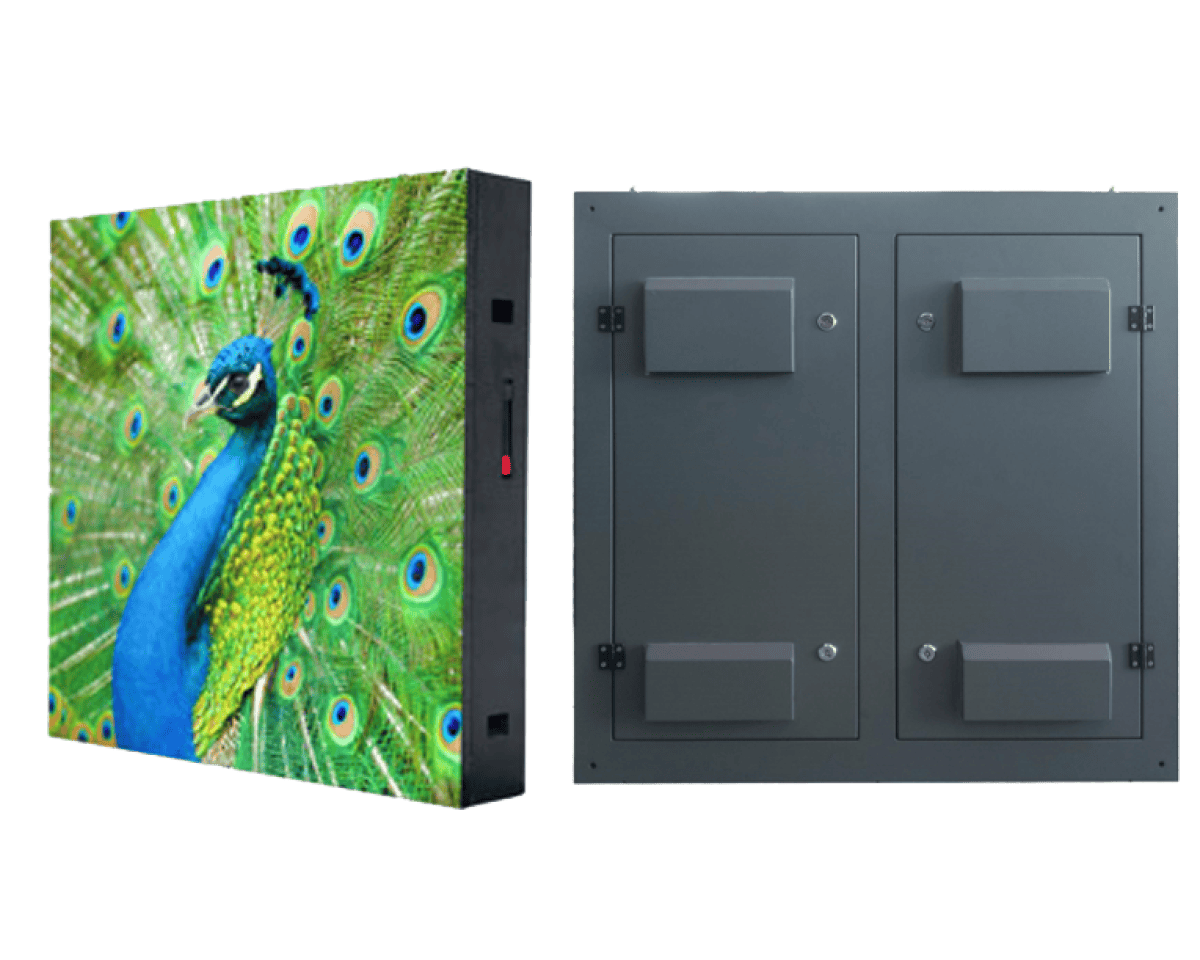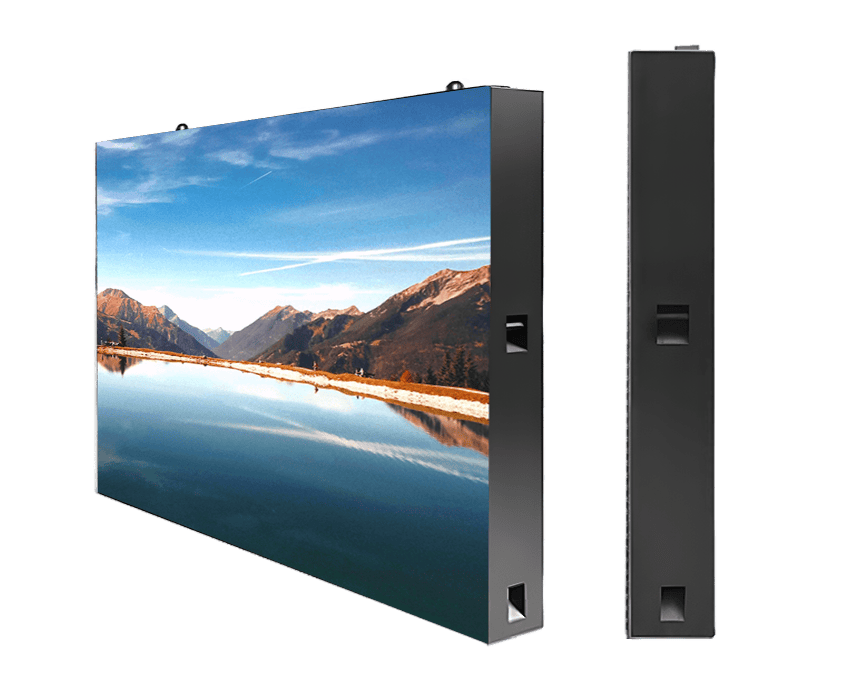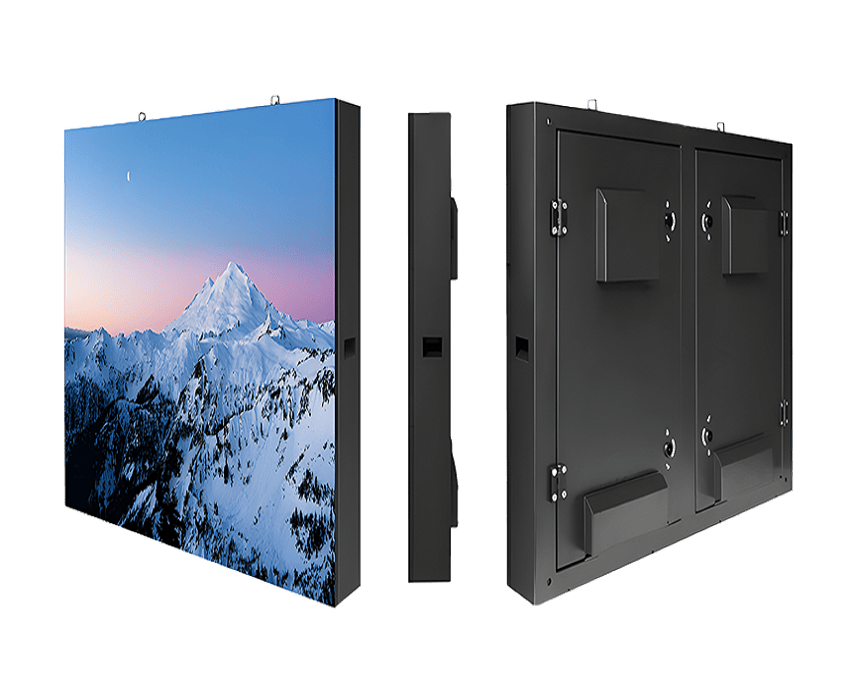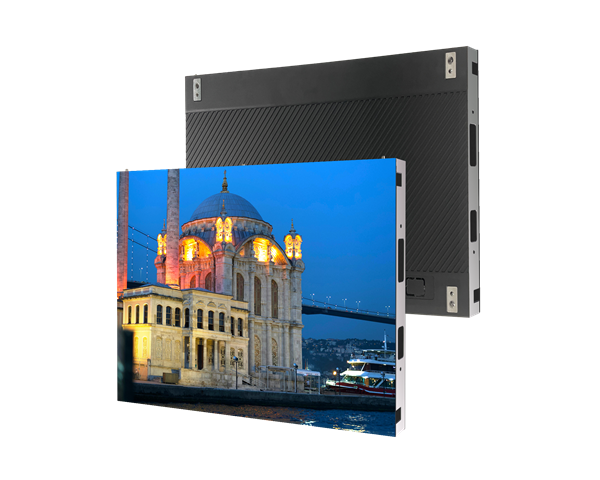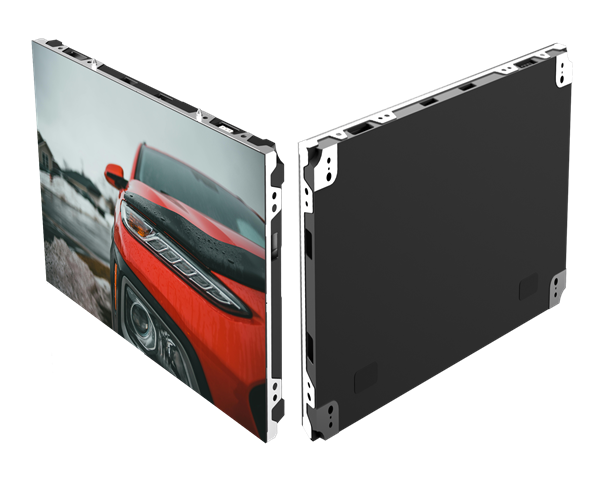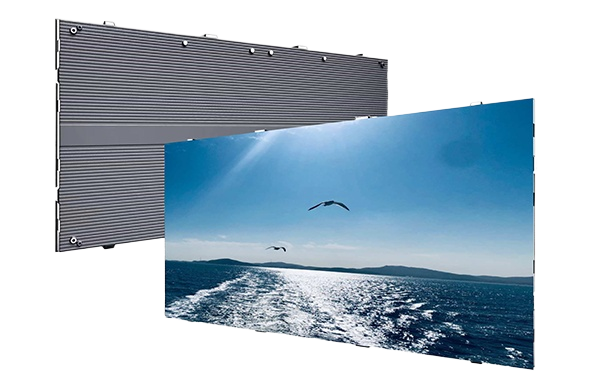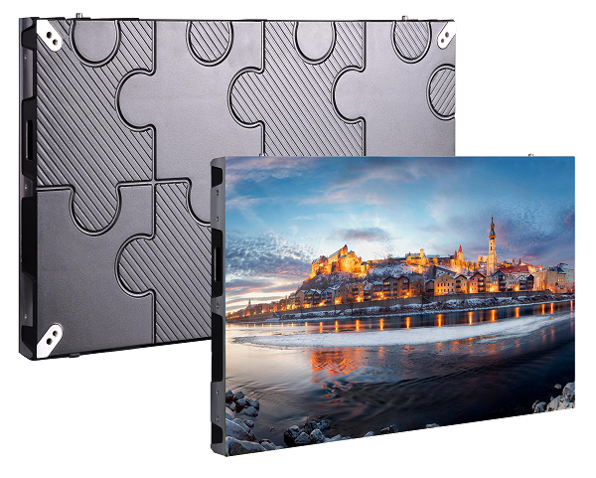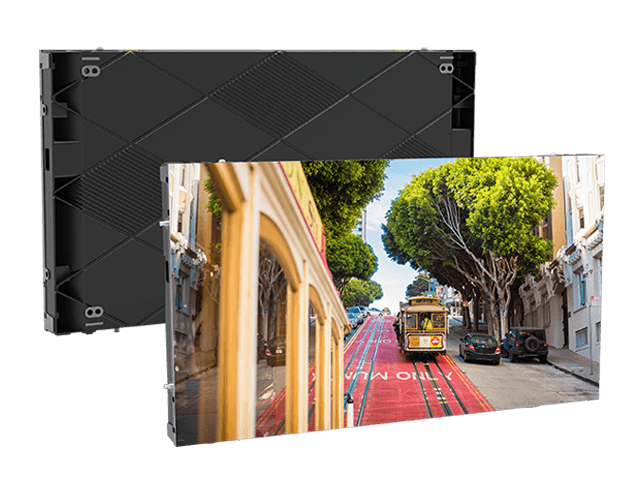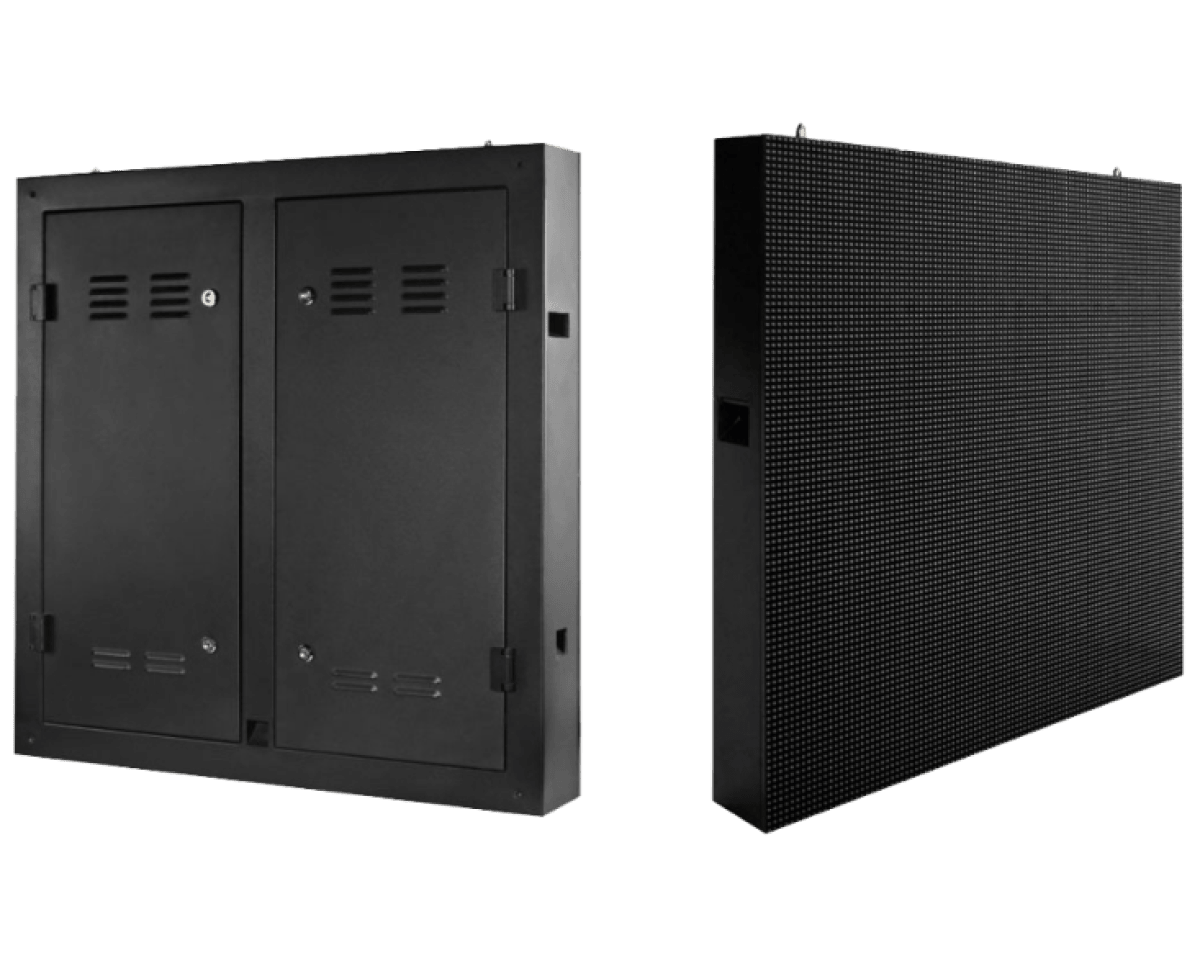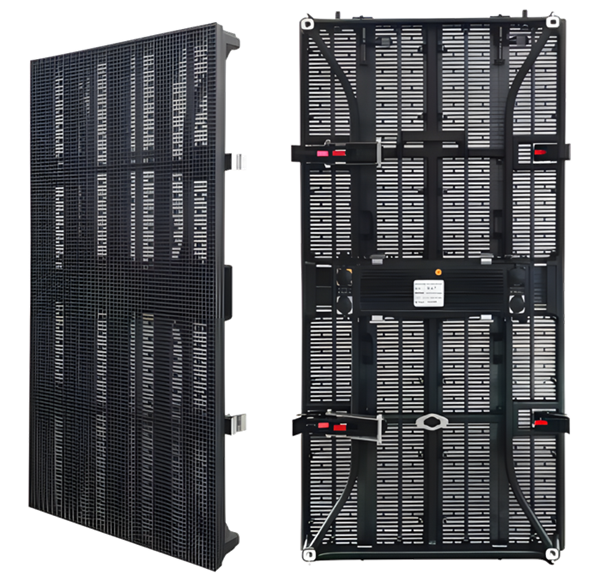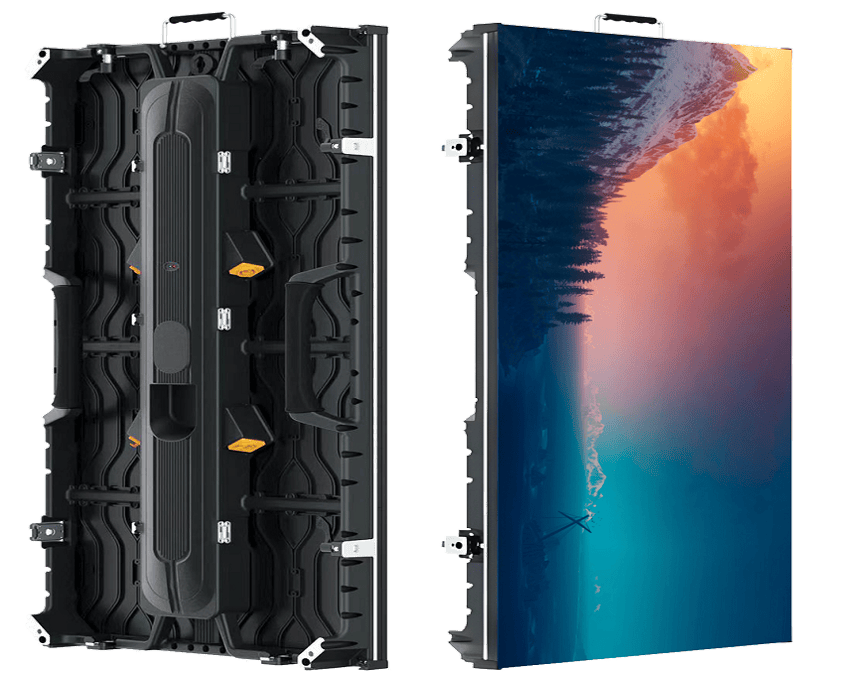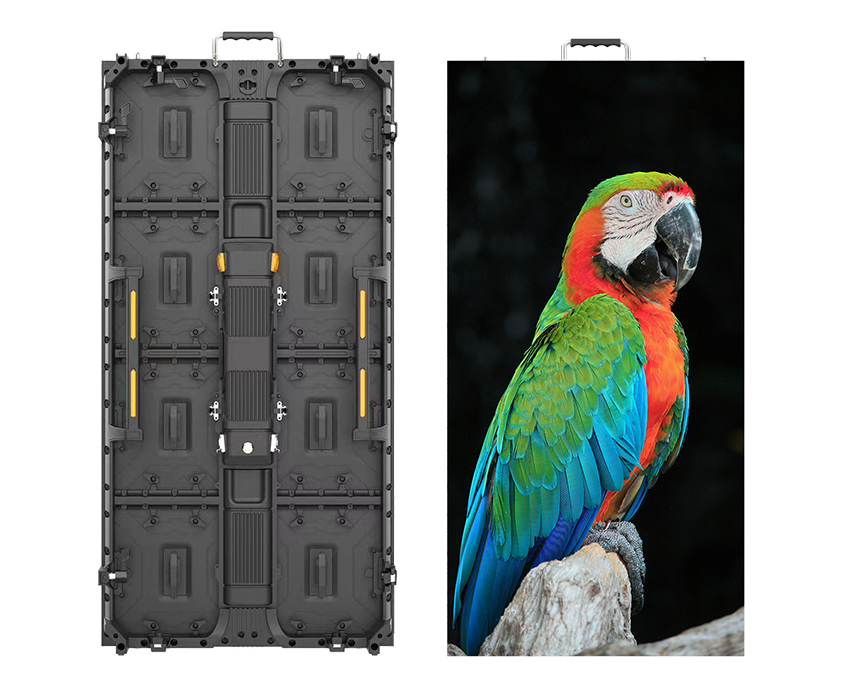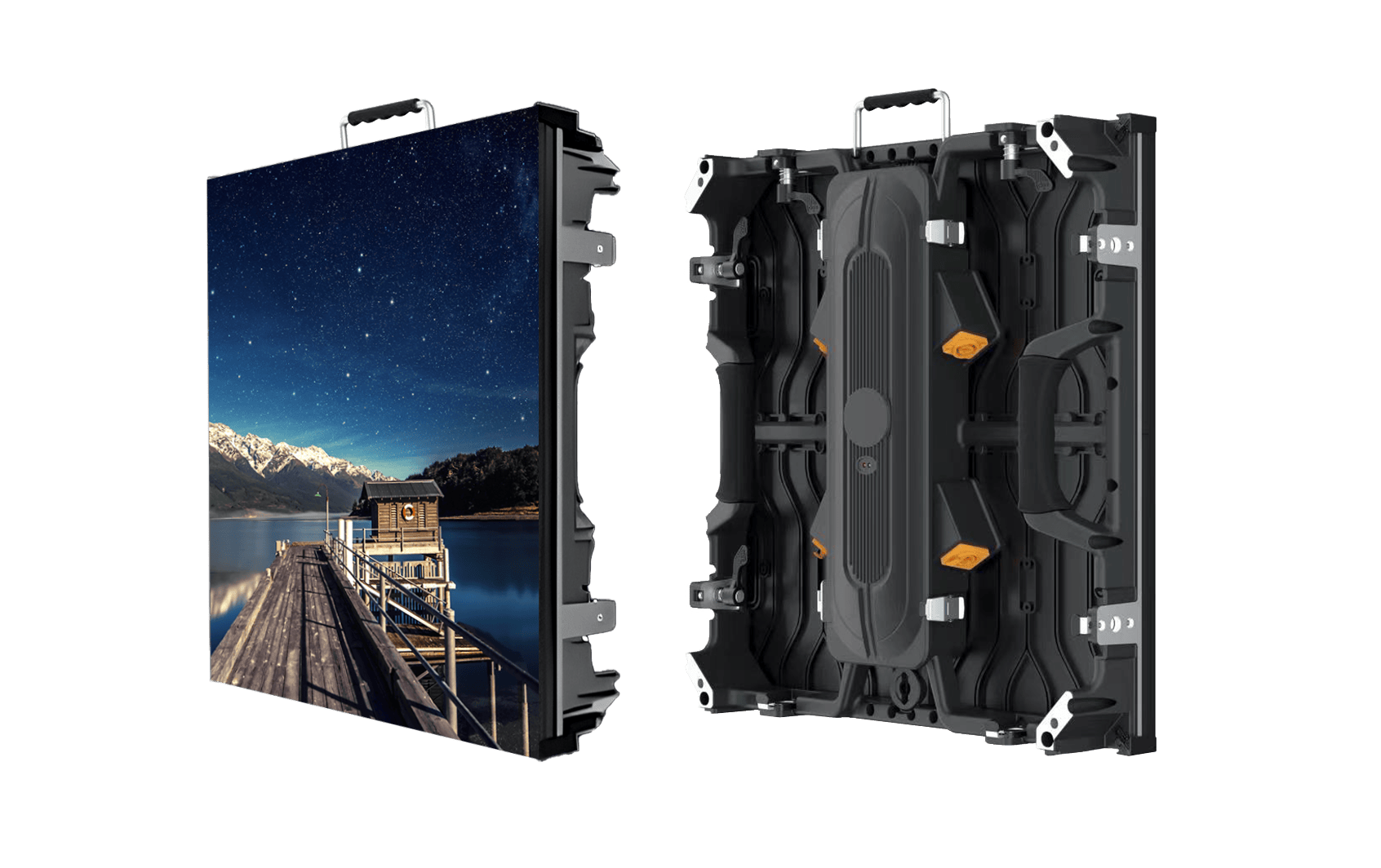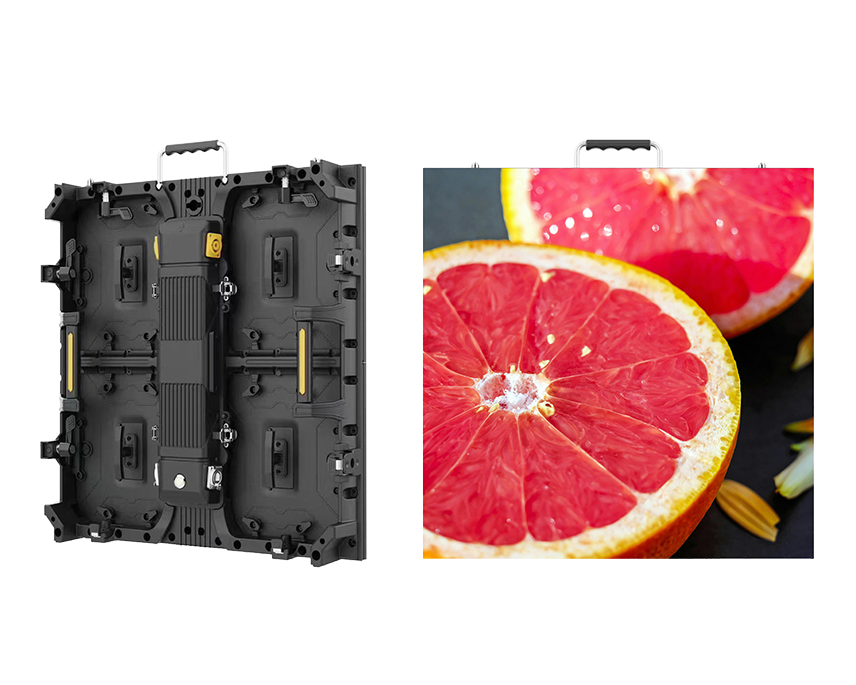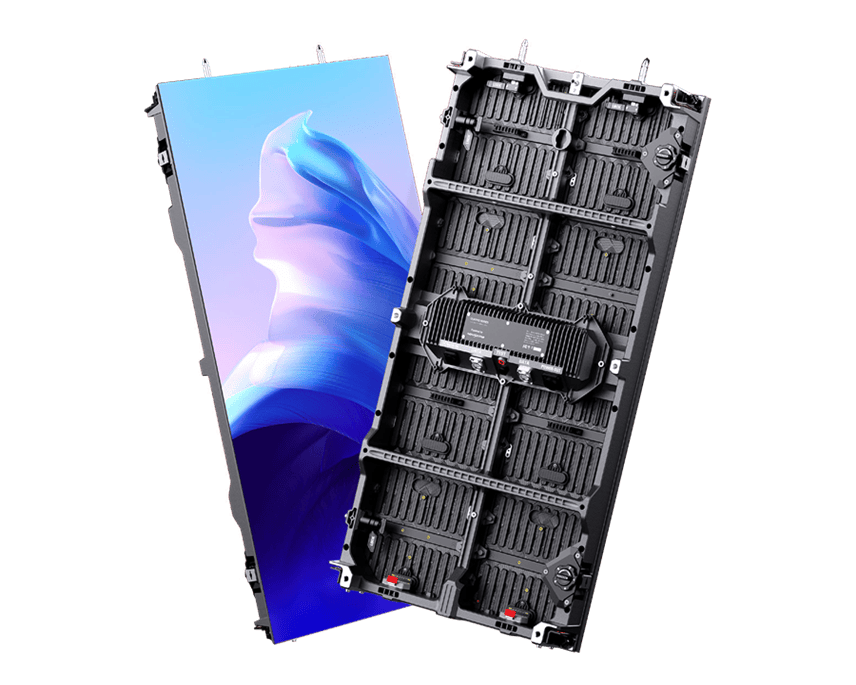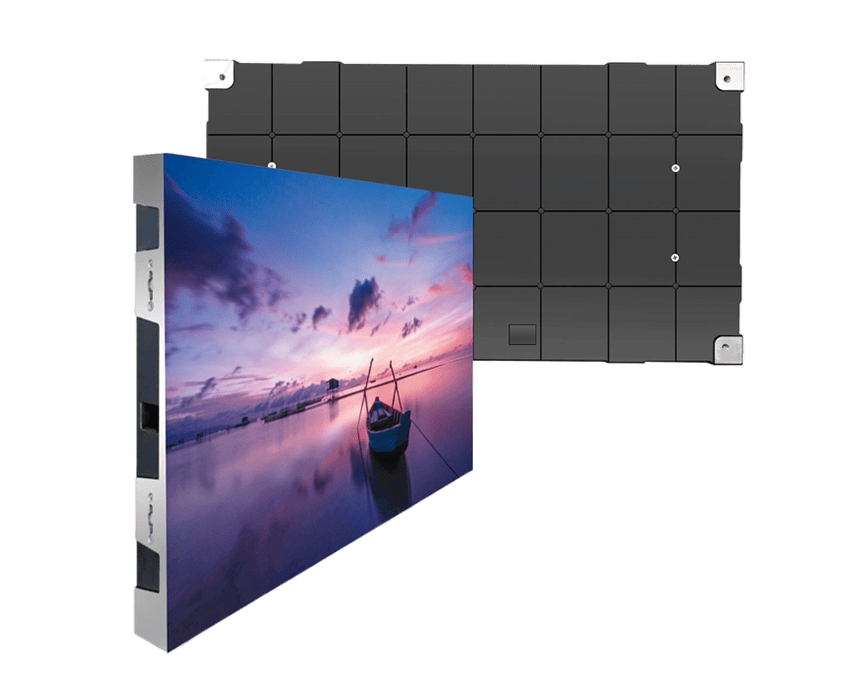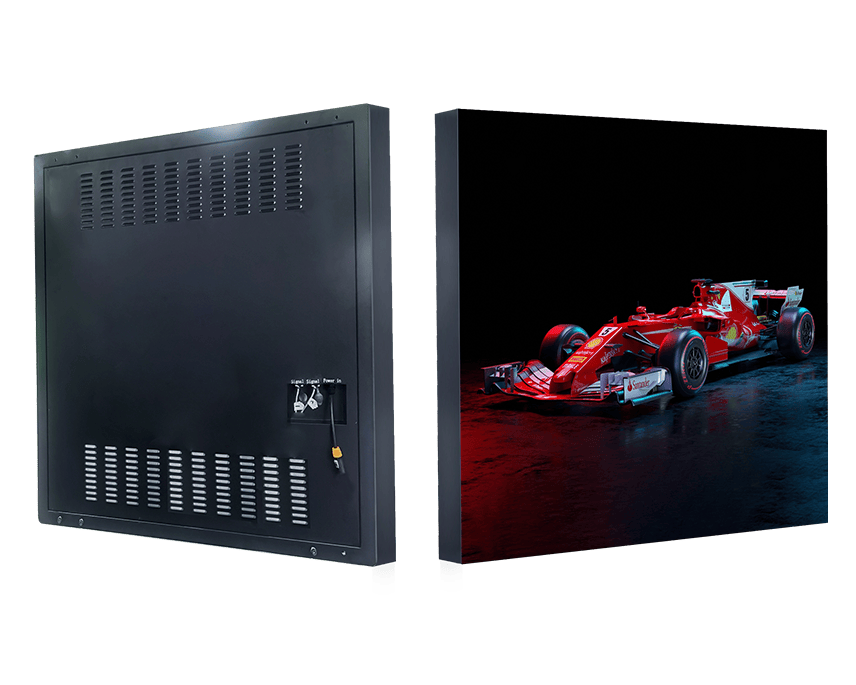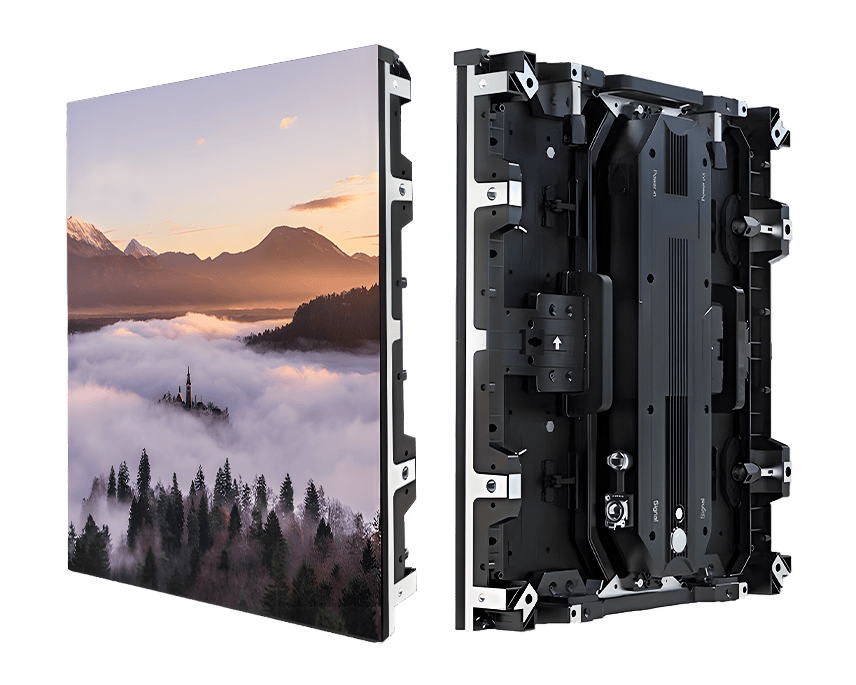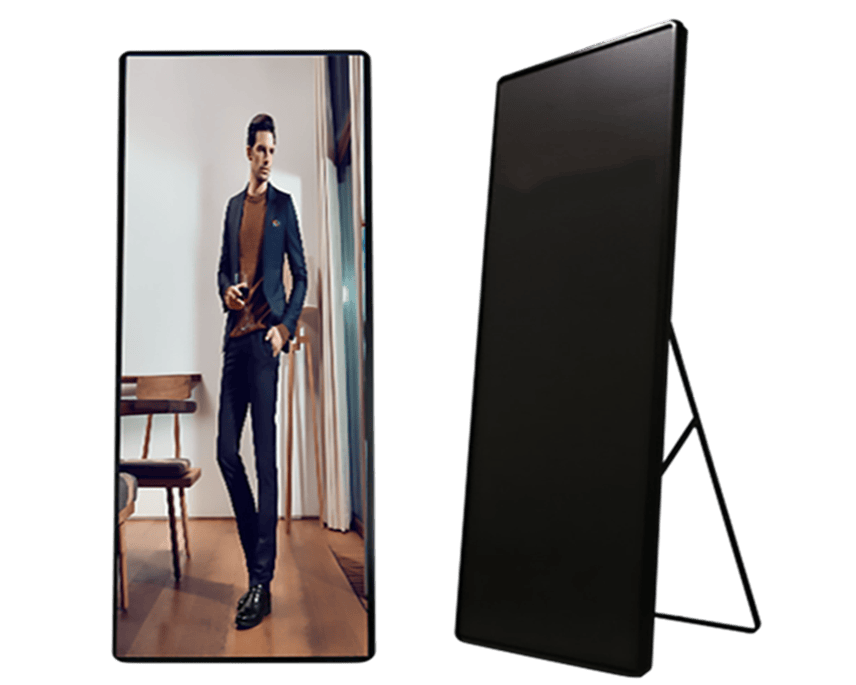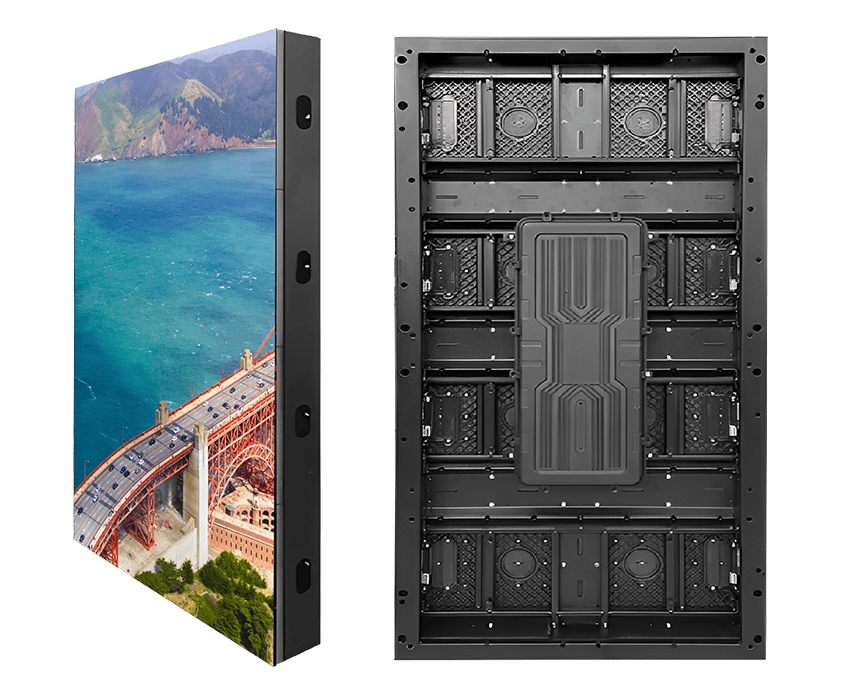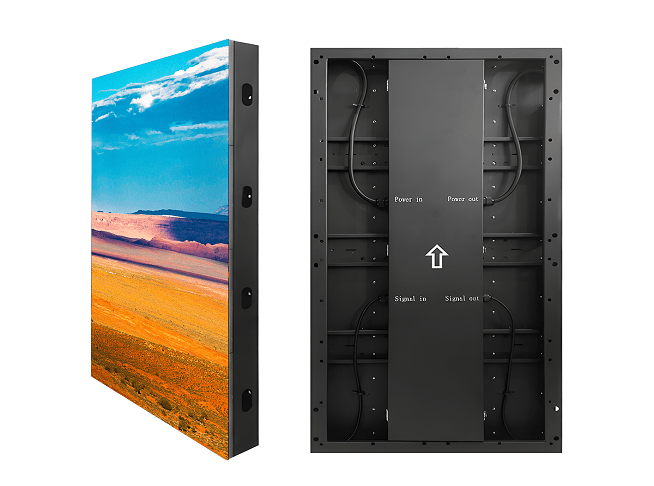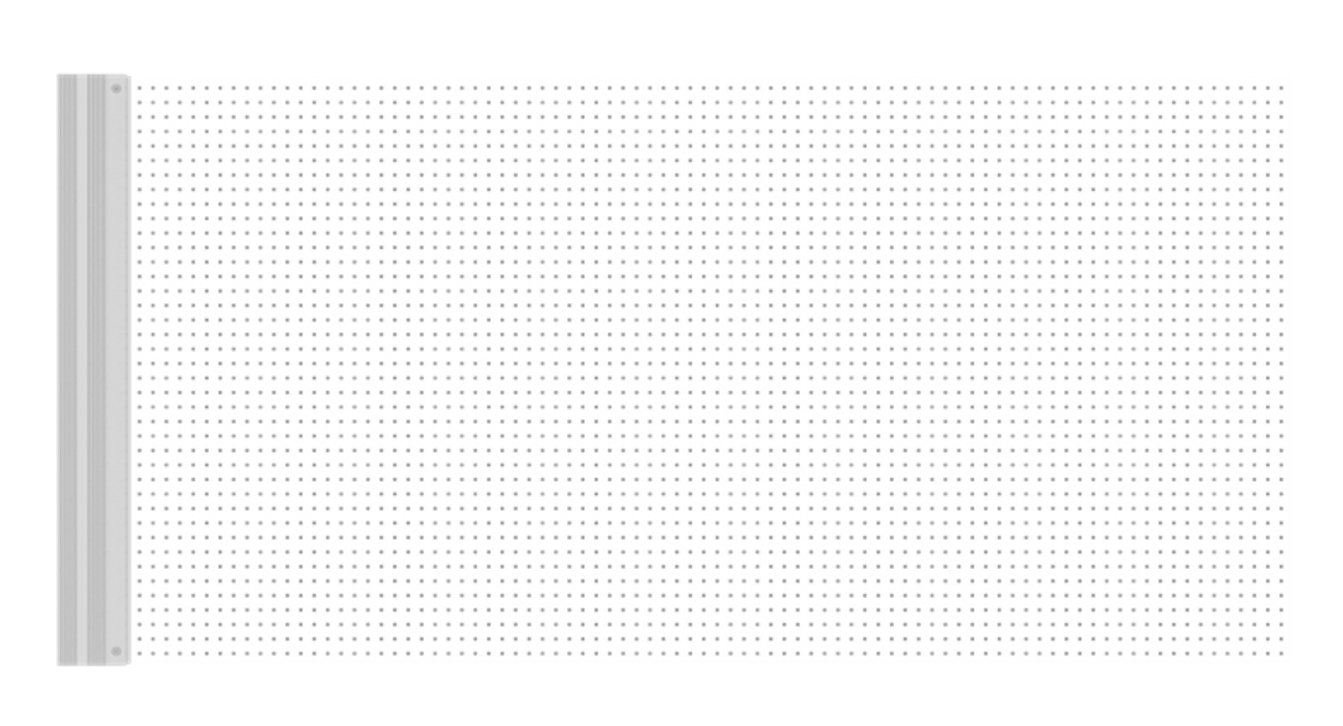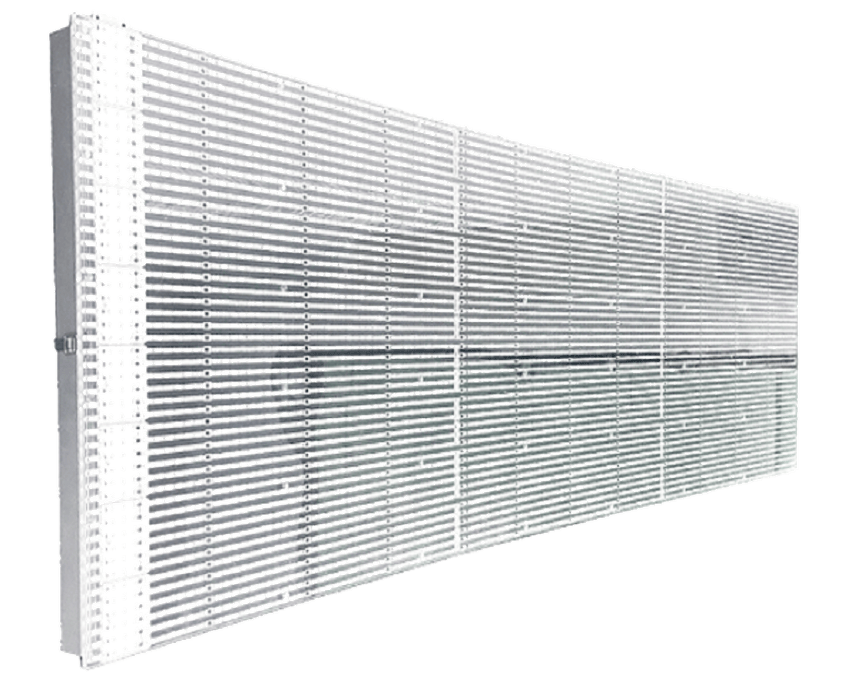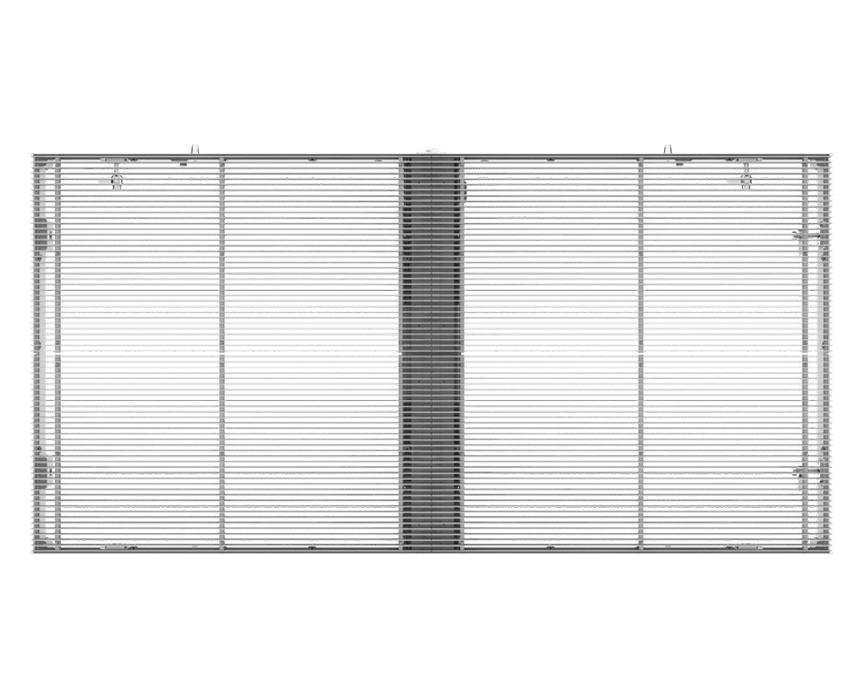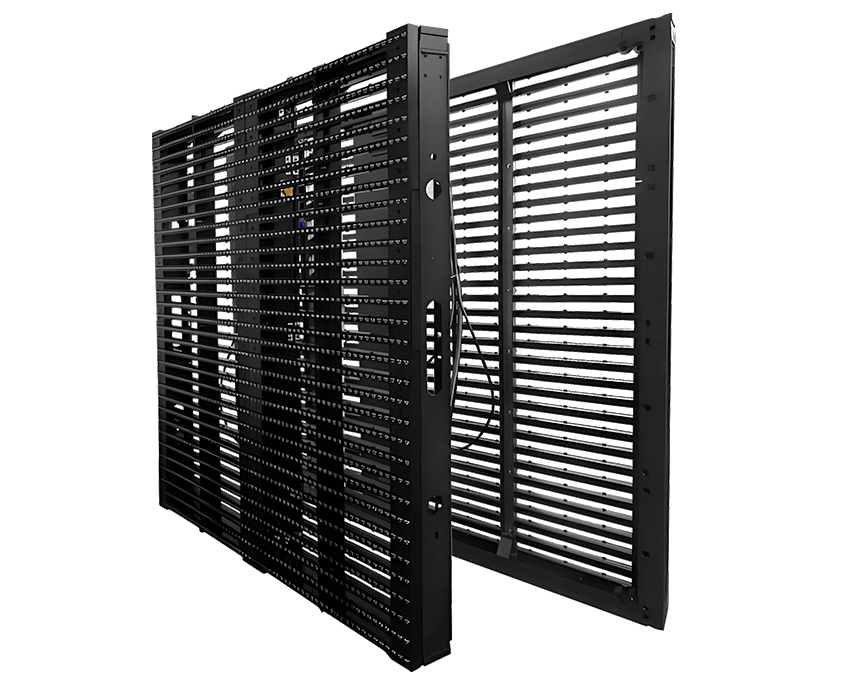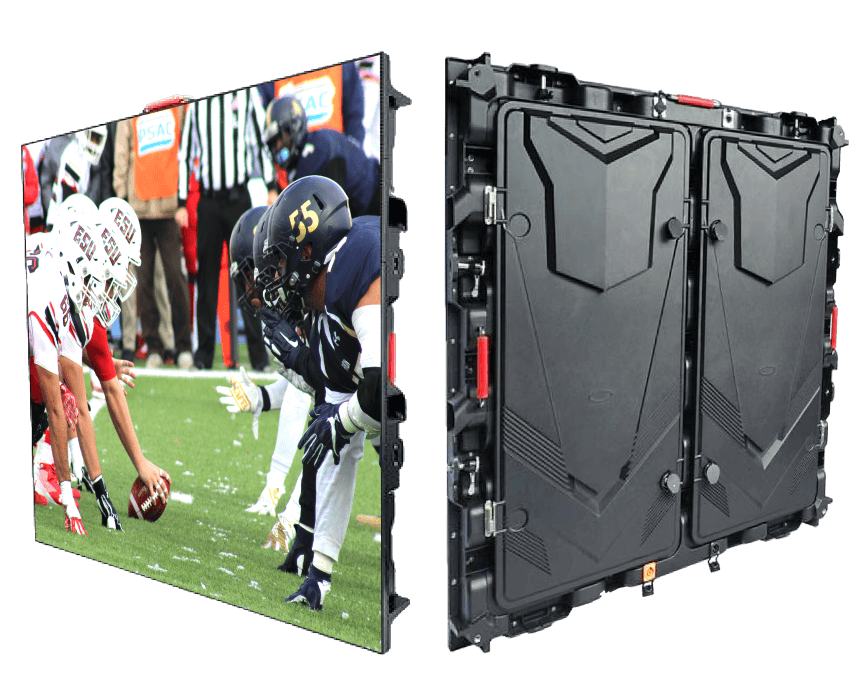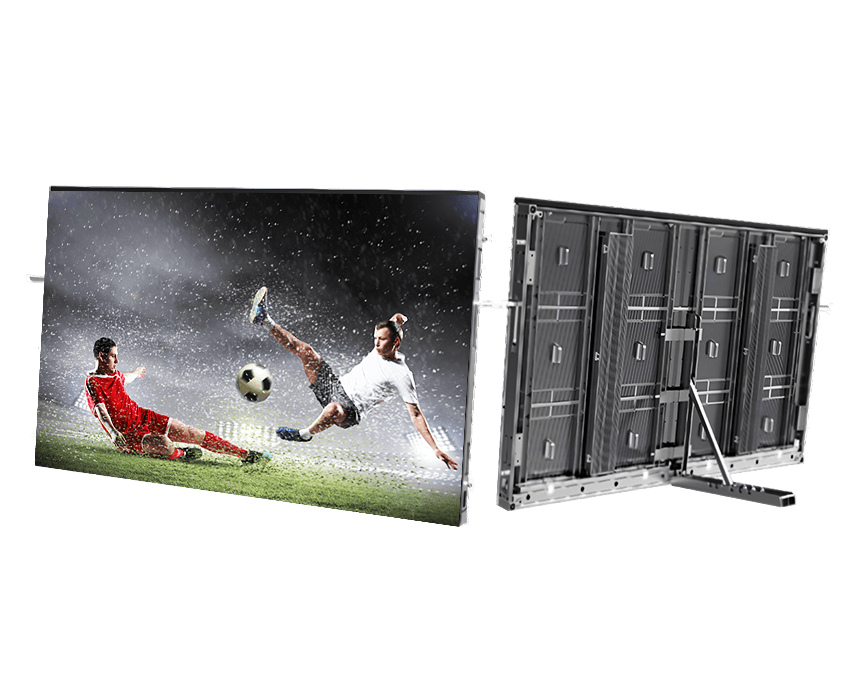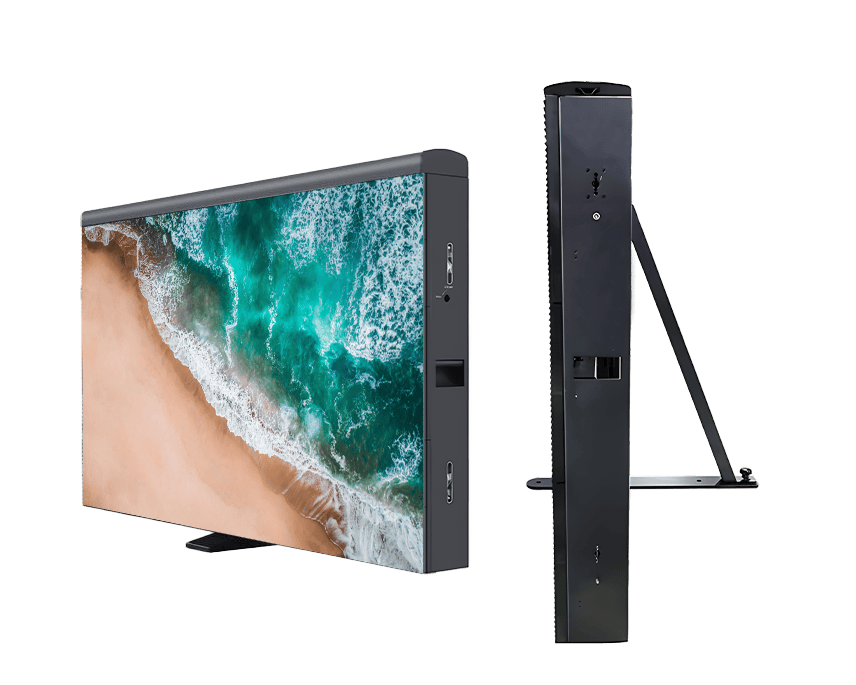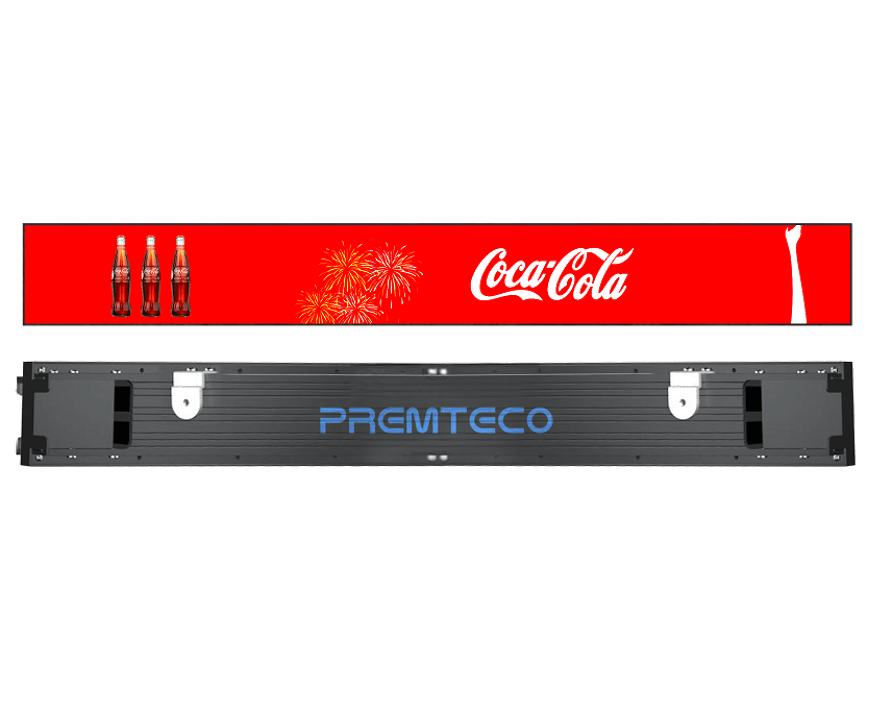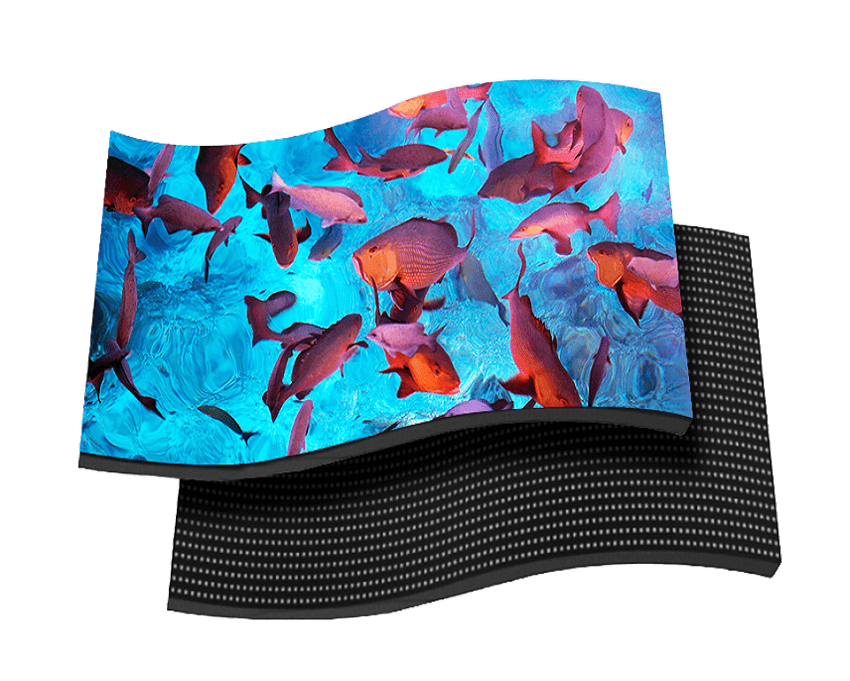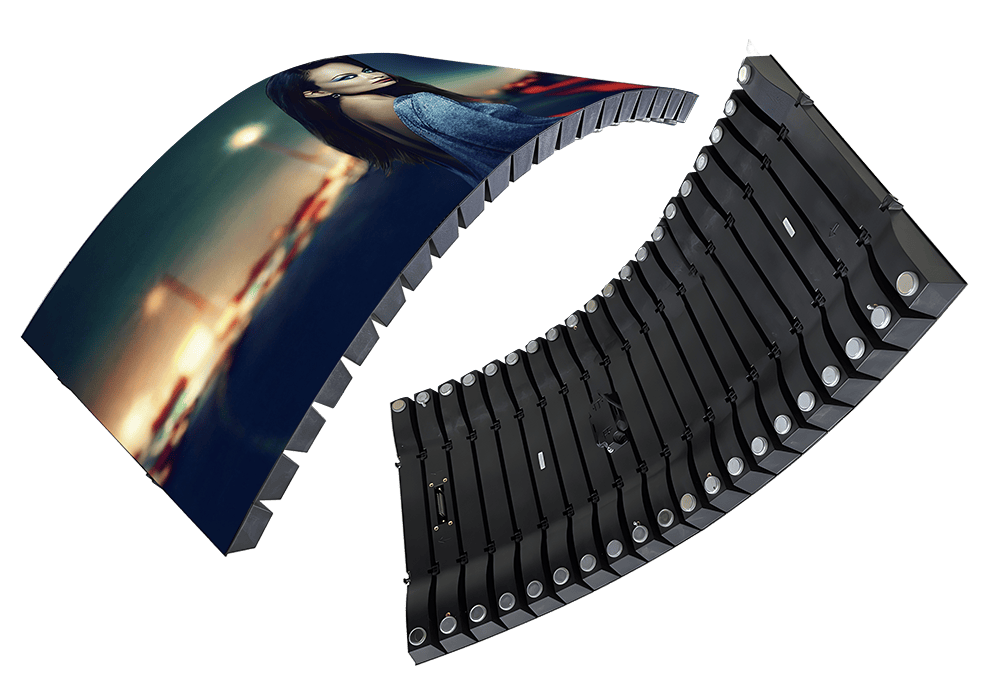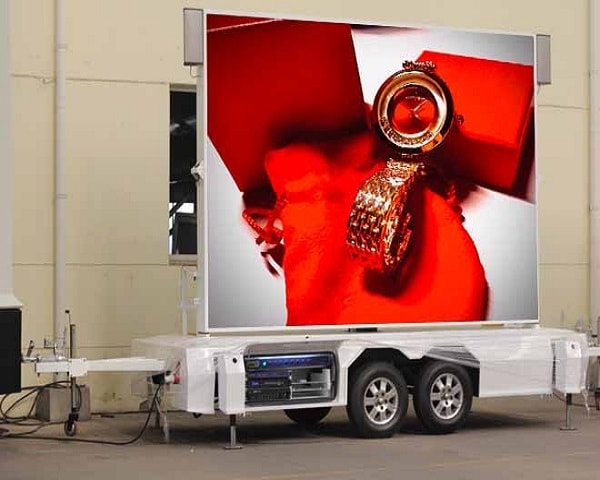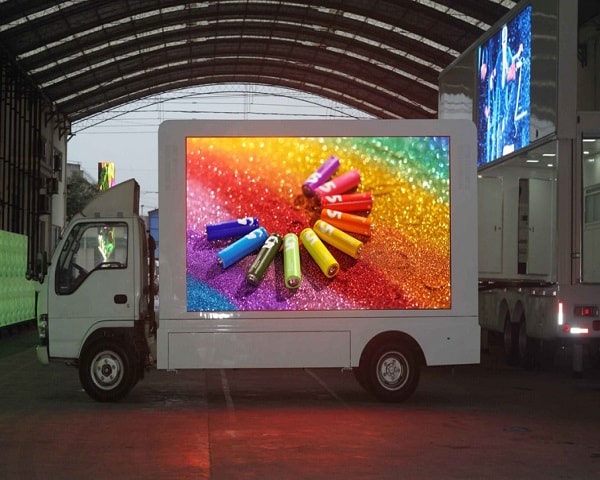What Is the Viewing Angle of LED Screen
Views: 12067
Author: Site Editor
Publish Time: 2024-03-27
Origin: Site
What Is An LED Screen Viewing Angle?
In simple terms, the viewing angle is the position from which the viewer can adequately see an image or video with acceptable visual performance. The viewing angle of the LED display is a reference value—which includes both horizontal and vertical indicators. The horizontal viewing angle refers to the range of angles to the left and right of the screen, while the vertical viewing angle encompasses the range above and below.
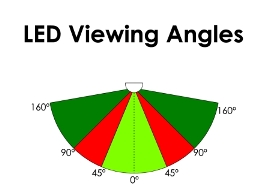
For example, in a 120/60 viewing angle, the first number (120) represents the horizontal viewing angle. It indicates that an image on the screen is visible if we move up to 120 degrees horizontally (from one side to the other). The second number (60) represents the vertical viewing angle and indicates that the image on the screen is vertically visible up to 60 degrees. This vertical angle is essential for LED screens above ground levels, such as those hanging or located on poles, monopoles, and facades.
What is a Good Viewing Angle for a Led Display
Commercial LED displays generally have wide viewing angles; horizontal and vertical viewing angles are between 120-160 degrees. At PTCLed, we even offer ultra-wide LED displays with viewing angles of up to 170 degrees. Wide viewing angles in commercial LED displays are not just a technical specification but also engage viewers more effectively, encouraging longer viewing times and more significant interaction. That's why viewing angles are necessary for an LED display. Of course, some places are also where narrow viewing angles (less than 30 degrees) are used, such as highway/road applications and railways.
Factors Affect the Viewing Angle of LED Display
LED Chip and Packaging
The type of LED chip and its packaging can significantly impact the viewing angle. For instance, Surface-Mount Device (SMD) LEDs offer wider viewing angles than Discrete LEDs because of their design, allowing light to disperse more broadly.
LED Size
As you would expect, the general rule of thumb is that a larger LED will come with a broader lED module viewing angle compared to a smaller LED. Larger LEDs tend to have bigger lens surfaces, making it easier for light to disperse across a wider angle.
Material Properties
The refractive index and optical properties of the materials used in the encapsulation, lens, or optics can additionally influence the viewing angle. Remember that there are different materials, all of which can scatter or refract light differently and affect the LED spreading.
Backlight Technology
The type of backlighting system used in the display (e.g., edge-lit vs. direct-lit LED backlights) affects how uniformly light is distributed across the screen, which in turn can impact the viewing angles.
Manufacturing Variations
Manufacturing variances and tolerances can also easily cause your optimal viewing angle to change, even if you have two TVs or screens with the same LED pattern.
Choosing the Right LED Screen Based on Viewing Angle
Here's a detailed look at these considerations when you choose the right LED screen based on the viewing angle.
-
Indoor Applications: For indoor environments where direct sunlight is not a concern, screens with wider viewing angles and higher color accuracy are preferred to accommodate diverse viewer positions. SMD LED displays are often favored for their broad viewing angles and superior color blending, making them suitable for retail, corporate, or home entertainment settings.
-
Outdoor Applications: Outdoor led screens need to be brighter to be visible in sunlight and are often viewed from further away, making extreme viewing angles less critical. DIP LED display, known for their high brightness and durability, are commonly used. However, ensuring a sufficiently broad viewing angle is still important for large public spaces to reach a wider audience.
PTCLed Led Screen with Wide Viewing Angle
SP1 PRO
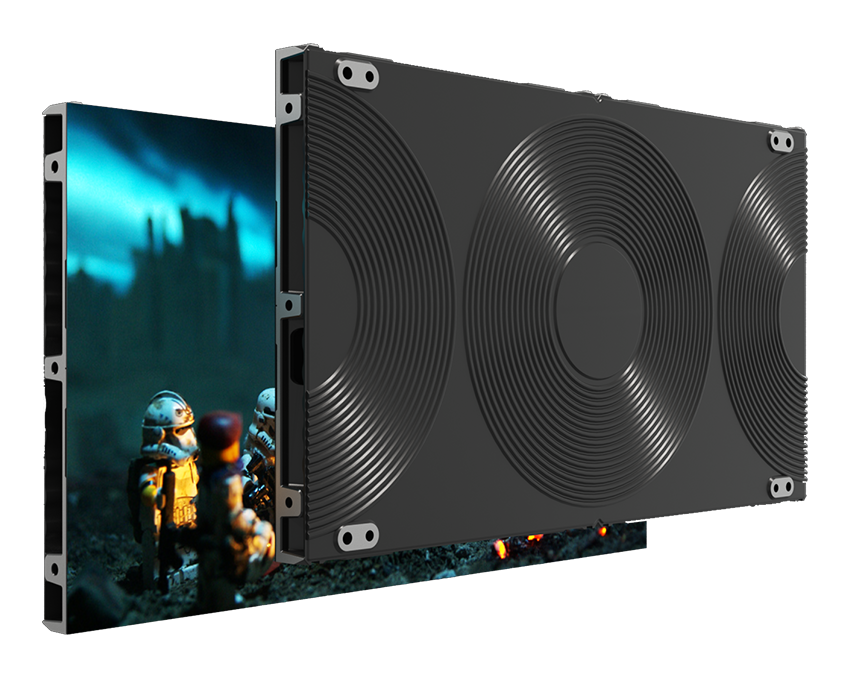
-
Pixel Pitch (mm): P1.2 / P1.5 / P1.8
-
Viewing Angle: H:165°-170° / V:165°-170°
-
Brightness: 400-600nits
-
Cost-Effective
-
Front Access
-
Thin Screen
-
Easy Maintenance
-
Die-Casting Aluminum
-
Quick Installation
-
1920Hz ~ 3840Hz
-
13bits~24bits
Learn more about SP1 PRO series
In Conclusion
When investing in LED displays, the viewing angle is a crucial factor to consider. Making a standard prediction for the use occasion is important before installing the display. This helps calculate the required viewing angle and distance and match them with the specific needs.
If you have any questions about the viewing angle of LED display, you can directly contact PTCLED via info@ptcled.com, and we will be glad to help you.

















